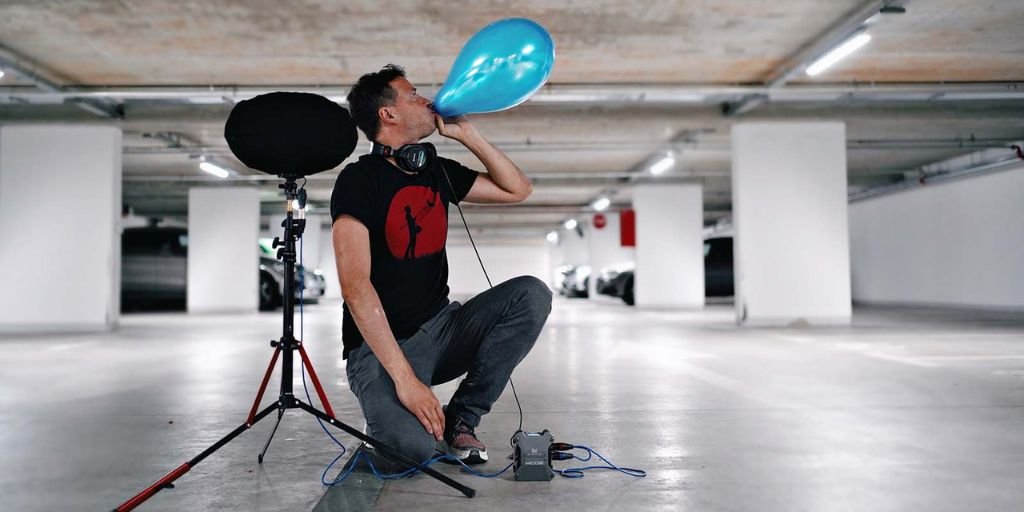What is Impulse Response?
Let’s talk about IR and using it in Ableton Convolution Reverb
What is Impulse Response and How To Use In Ableton Convolution Reverb Pro
Last year, a sound designer reached out to me with an intriguing proposal. He had noticed my frequent travel to unique locations around the world, and suggested that I record impulse responses and room tones to provide valuable resources for sound engineers everywhere. At first, I was unsure of what impulse responses were and how to go about recording them. But after some research and discovery, I learned about convolution reverb and how it pairs well with impulse responses. Today, there are various high-quality reverb plugins available that allow for customization with personal impulse response recordings.
What Is Impulse Response?
Impulse response recording opens up a world of possibilities for sound engineers and designers. But what exactly can you do with these recordings? That's where convolution reverb comes in. With this technique and tools like the Ableton Convolution Reverb plugin, you can use impulse response recordings to create a wide range of realistic and unique soundscapes. For example, you can use it to make your voice sound like you're in a tunnel, a parking garage, or a church without ever having to be there. But it's not just useful for voices - you can use it to create realistic footstep sounds in a tunnel or other spaces, and it's perfect for ADR, animation, video games, and dubbing movies into different languages.
What Can You Do With Impulse Response Sound Effects?
Impulse response recording opens up a world of possibilities for sound engineers and designers. But what exactly can you do with these recordings? That’s where convolution reverb comes in. With this technique and tools like the Ableton Convolution Reverb plugin, you can use impulse response recordings to create a wide range of realistic and unique soundscapes. For example, you can use it to make your voice sound like you’re in a tunnel, a parking garage, or a church without ever having to be there. But it’s not just useful for voices – you can use it to create realistic footstep sounds in a tunnel or other spaces, and it’s perfect for ADR, animation, video games, and dubbing movies into different languages.
Imagine this…
There are the main characters meeting in a dark, spooky parking lot and having their dialogue right there. When listening to the reverb of the voices and the spooky ambiance, it will sound like a parking garage.
If this movie is dubbed, the voice actors aren’t flying to the same location to record the scene. They are standing in a soundproofed studio booth and the sound engineer uses a convolution reverb to match the sound with the scene.
If the location sound recordist who worked on set has recorded the room tone and the impulse response, it would be perfect for the sound designer to use. This means they can later use this effect to make the voices, footsteps, or a car door closing sound authentic to the space.
I know there are some very expensive convolution plugins like Altiverb out there that cover almost everything, but not everyone has $600 or $1000 to spare on a plugin like this. If you’re an Ableton user, you can download it for free on their website and use it either with your impulse response or one of the 200 presets.
Sound Compilation
Below you can hear a compilation from our popular Impulse Response Sound Library with over 77 different tracks!


